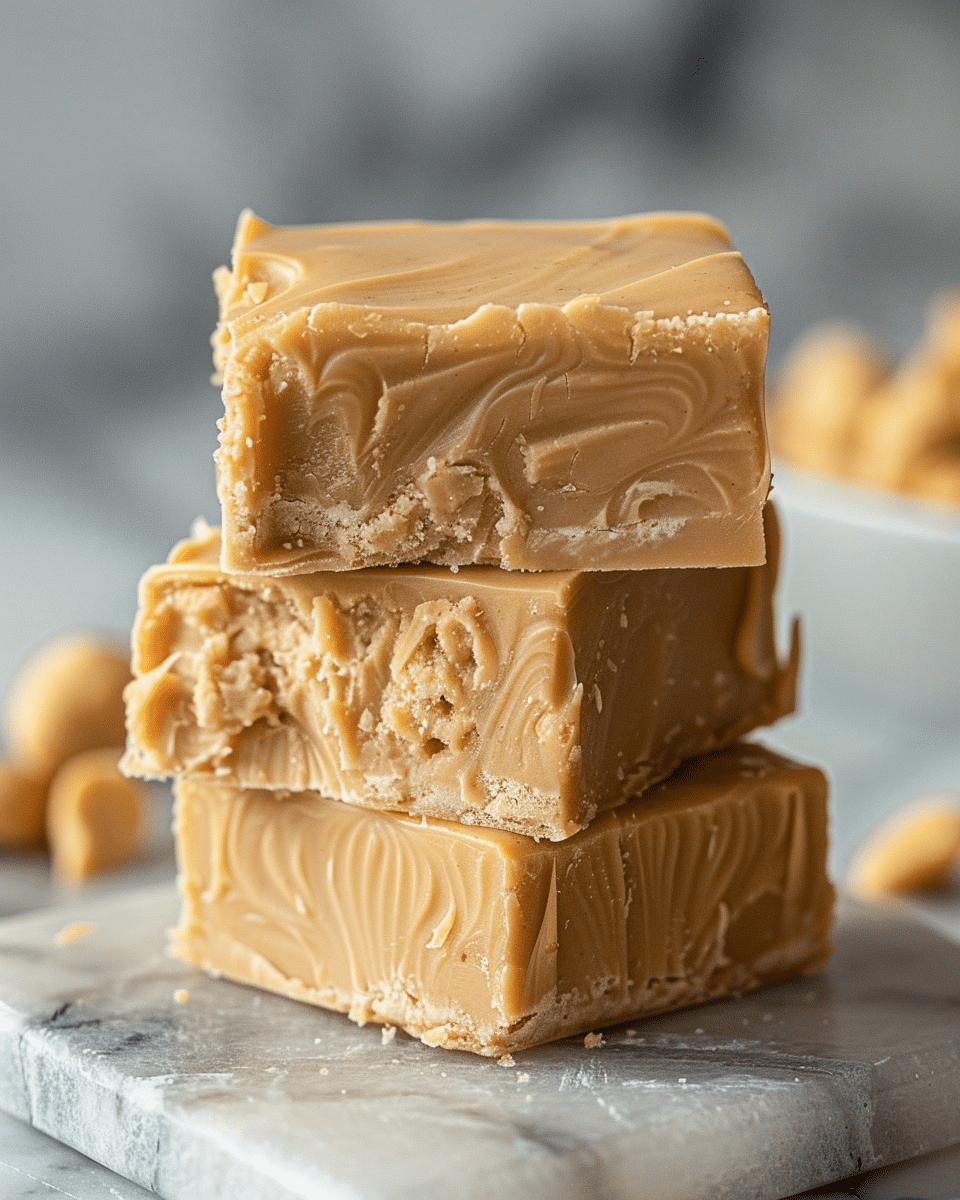Khoresh Bademjan, or Persian Eggplant Stew, is a traditional Iranian dish that combines tender meat, richly flavored eggplants, and aromatic spices. This hearty stew is often enjoyed with a side of saffron-infused rice, making it a perfect meal for those looking to explore the flavors of Persian cuisine.
Ingredients:
2 medium eggplants, peeled and sliced
1/4 cup vegetable oil
1 large onion, finely chopped
4 cloves garlic, minced
1 pound lamb or beef stew meat, cubed
1/2 teaspoon turmeric powder
1/2 teaspoon ground cinnamon
1/4 teaspoon ground saffron, dissolved in 2 tablespoons hot water
1 can (14.5 oz) diced tomatoes
1 tablespoon tomato paste
1/2 teaspoon salt
1/4 teaspoon black pepper
1/4 cup fresh lemon juice
2-3 cups water
Fresh herbs (parsley, cilantro, mint) for garnish
Instructions:
Prepare the Eggplant:
Begin by sprinkling the eggplant slices with salt. Let them sit for 30 minutes to draw out excess moisture. Afterward, rinse and pat dry.
Heat vegetable oil in a large skillet over medium heat. Fry the eggplant slices until golden brown on both sides. Once cooked, remove and drain on paper towels.
Cook the Meat:
In the same skillet, add the chopped onions and sauté until golden brown. Add the minced garlic and cook for an additional minute.
Add the stew meat to the skillet and brown on all sides.
Stir in the turmeric, cinnamon, and saffron water. Cook for a few minutes to allow the spices to blend well with the meat.
Make the Stew:
Add the diced tomatoes, tomato paste, salt, pepper, lemon juice, and water to the skillet. Stir everything together to combine.
Bring the mixture to a boil, then reduce the heat to low. Cover the skillet and let it simmer for 1 to 1.5 hours, or until the meat is tender and flavorful.
Combine and Serve:
Gently add the fried eggplant slices to the stew and let them simmer for an additional 20-30 minutes.
Garnish with fresh herbs such as parsley, cilantro, and mint before serving.
Serving Tips:
Pair with Rice: Khoresh Bademjan is traditionally served with Persian saffron rice (Chelo) or plain basmati rice. The fragrant rice complements the rich and savory flavors of the stew.
Fresh Herbs: Garnish the stew with fresh herbs like parsley, cilantro, or mint just before serving. The herbs add a fresh burst of flavor and a pop of color.
Side Dishes: Consider serving the stew with traditional Persian side dishes such as Mast-o-Khiar (yogurt with cucumber and herbs) or Sabzi Khordan (a platter of fresh herbs, radishes, and feta cheese).
Flatbread: Serve with warm flatbread like Lavash or Sangak. The bread is perfect for soaking up the delicious sauce.
Temperature: Ensure the stew is served hot for the best flavor. If making in advance, reheat gently on the stovetop to preserve the texture of the eggplant and the tenderness of the meat.
Storage Tips:
Refrigeration: Store leftover Khoresh Bademjan in an airtight container in the refrigerator for up to 3-4 days. The flavors of the stew often deepen and improve after a day or two.
Freezing: This stew freezes well for longer storage. Allow the stew to cool completely before transferring it to a freezer-safe container. Freeze for up to 2-3 months. Thaw in the refrigerator overnight before reheating.
Reheating: Reheat the stew on the stovetop over low to medium heat, stirring occasionally, until heated through. If the stew appears too thick, add a splash of water or broth to reach the desired consistency.
Avoid Overheating: When reheating, be careful not to overheat the stew, as this can cause the eggplant to become mushy. Gentle reheating helps maintain the texture and flavor of the dish.
Related Recipes:
FAQs:
Conclusion:
Khoresh Bademjan is a dish that showcases the depth and complexity of Persian cuisine. Its combination of tender meat, perfectly fried eggplants, and fragrant spices creates a memorable dining experience. Whether you’re new to Persian cooking or a seasoned enthusiast, this recipe is sure to become a favorite in your kitchen.
📖 Recipe:
Print
Khoresh Bademjan (Persian Eggplant Stew)
- Total Time: 2 hours 30 minutes
- Yield: 4-6 servings
- Diet: Halal
Description
Khoresh Bademjan is a traditional Persian eggplant stew that combines tender lamb or beef, richly flavored eggplants, and aromatic spices like turmeric, cinnamon, and saffron. This hearty dish is perfect for a comforting meal, especially when served with fragrant saffron rice. Enjoy the authentic taste of Persian cuisine with this flavorful and satisfying stew.
Ingredients
2 medium eggplants, peeled and sliced
1/4 cup vegetable oil
1 large onion, finely chopped
4 cloves garlic, minced
1 pound lamb or beef stew meat, cubed
1/2 teaspoon turmeric powder
1/2 teaspoon ground cinnamon
1/4 teaspoon ground saffron, dissolved in 2 tablespoons hot water
1 can (14.5 oz) diced tomatoes
1 tablespoon tomato paste
1/2 teaspoon salt
1/4 teaspoon black pepper
1/4 cup fresh lemon juice
2–3 cups water
Fresh herbs (parsley, cilantro, mint) for garnish
Instructions
- Prepare the Eggplant:
- Sprinkle the eggplant slices with salt and let them sit for 30 minutes to draw out excess moisture. Rinse and pat dry.
- In a large skillet, heat vegetable oil over medium heat. Fry the eggplant slices until golden brown on both sides. Remove and drain on paper towels.
- Cook the Meat:
- In the same skillet, add chopped onions and sauté until golden brown. Add minced garlic and cook for another minute.
- Add the stew meat to the skillet and brown on all sides.
- Stir in turmeric, cinnamon, and saffron water. Cook for a few minutes to blend the spices.
- Make the Stew:
- Add diced tomatoes, tomato paste, salt, pepper, lemon juice, and water. Stir to combine.
- Bring the mixture to a boil, then reduce heat to low, cover, and simmer for 1-1.5 hours, or until the meat is tender.
- Combine and Serve:
- Gently add the fried eggplant slices to the stew and simmer for an additional 20-30 minutes.
- Garnish with fresh herbs and serve hot with rice.
Notes
Eggplant Preparation: Salting the eggplant before frying helps remove excess moisture, preventing sogginess.
Saffron: Dissolve saffron in hot water to release its full flavor and color.
Make Ahead: This stew tastes even better the next day, making it ideal for meal prep or entertaining.
- Prep Time: 30 minutes
- Cook Time: 2 hours
- Category: Main Course
- Method: Stewing
- Cuisine: Persian
Nutrition
- Serving Size: 4-6 servings








